JOHN PRICE
PROGRAMME 2
Sala (S8) Palexco | Thursday June 1st | 5:00 p.m. | Free entry to all venues until full capacity. It will not be possible to enter the venues after the screening has started.
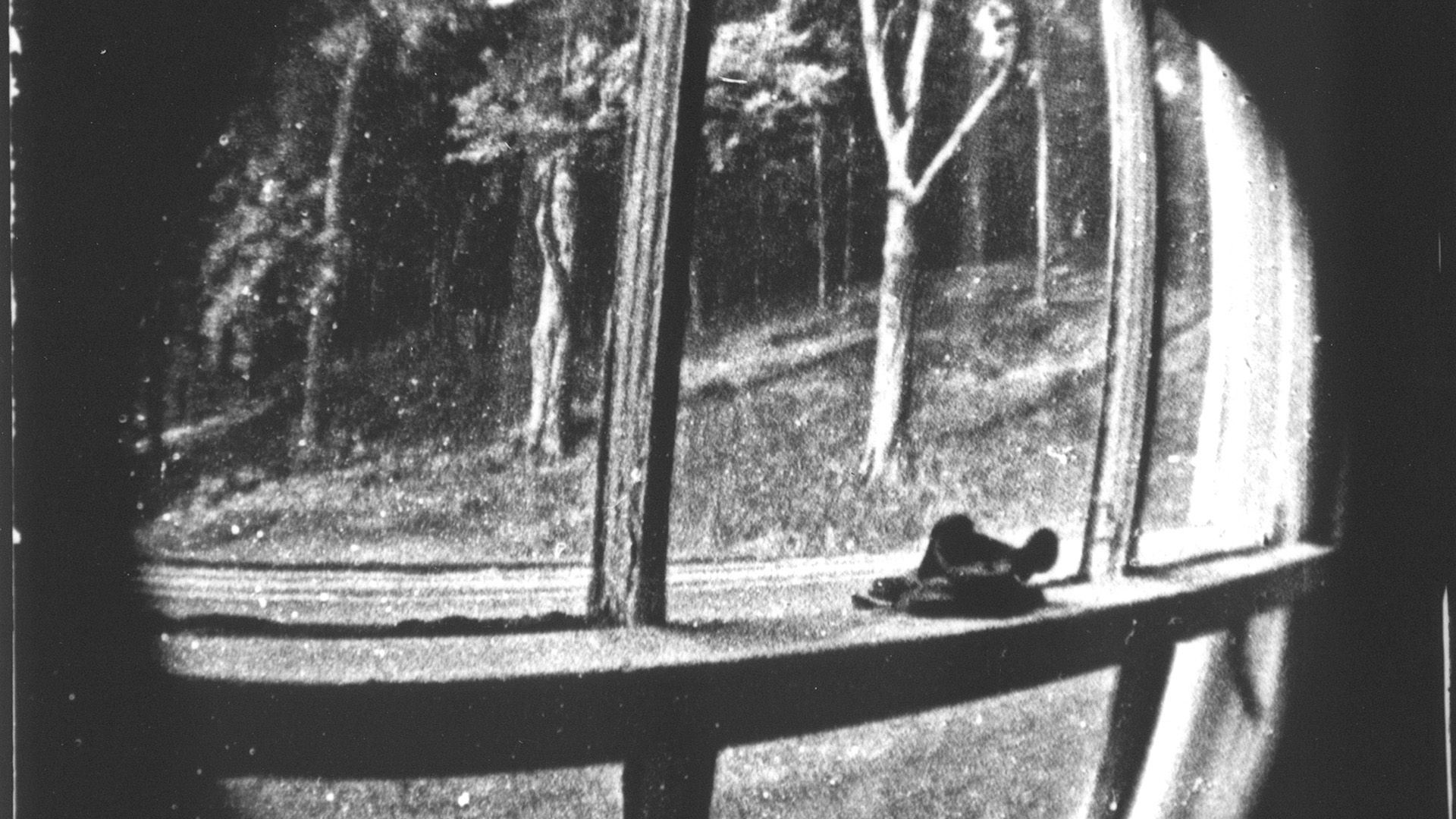
THE VIEW NEVER CHANGES
John Price, 1996, Canada, 16mm, 6 min.
The swirling grain of manually developed super 8… texture as memory–and that’s it… an impressionist recollection of early childhood… Born in the USA on Canada’s centenary. (John Price)

WRECK
John Price, 1997, Canada, 16mm, 5 min.
I passed the wreck not long after crossing into Saskatchewan. Day 3… alone… driving westward toward Vancouver. On the other side of the highway, a twisted mess of iron and steel. Rail cars strewn arbitrarily in heaps rupturing the perspective symmetry of the endless prairie. Half an hour after I had watched the image recede completely into the eastern horizon, the memory of this apocalyptic tableau and its darkly poetic irony would compel me to turn back and explore. (John Price)
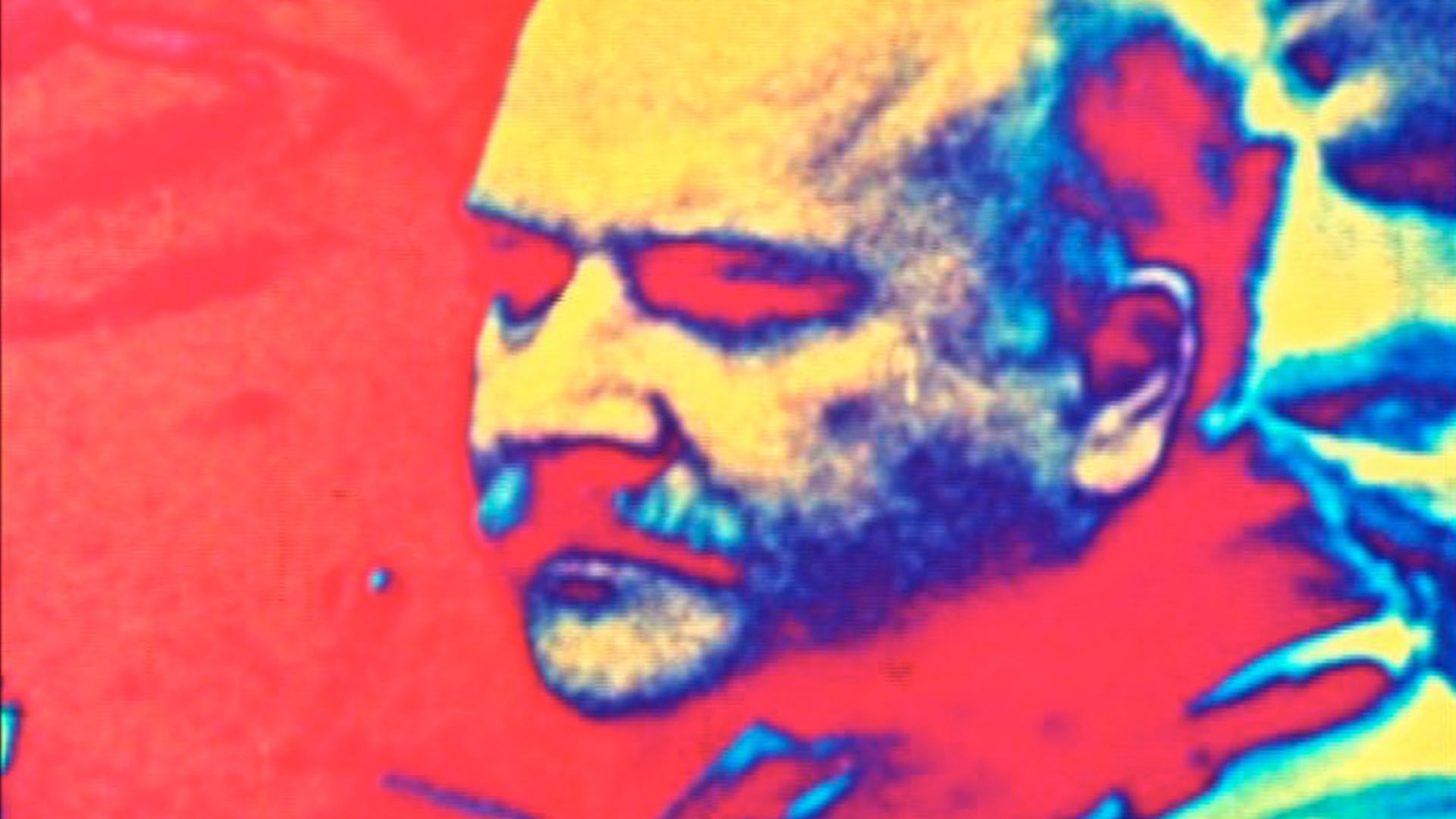
NATION
John Price, 1997, Canada, 16mm, 6 min.
A roll of film shot in Montreal at the 1995 rally against the secession of Quebec became the raw material for a candy-colored, manually developed meditation on nationalism. (John Price)

FIRE #3
John Price, 2003, Canada, 16mm, 3 min.
A manually developed silent film created the night I found out I would become a father… In a windowless bathroom with a single candle and a roll of expired color print stock, it became—through the alchemy of light, silver, and color chemistry—a hazy, abstract hymn to the warmth of the sun. (John Price)
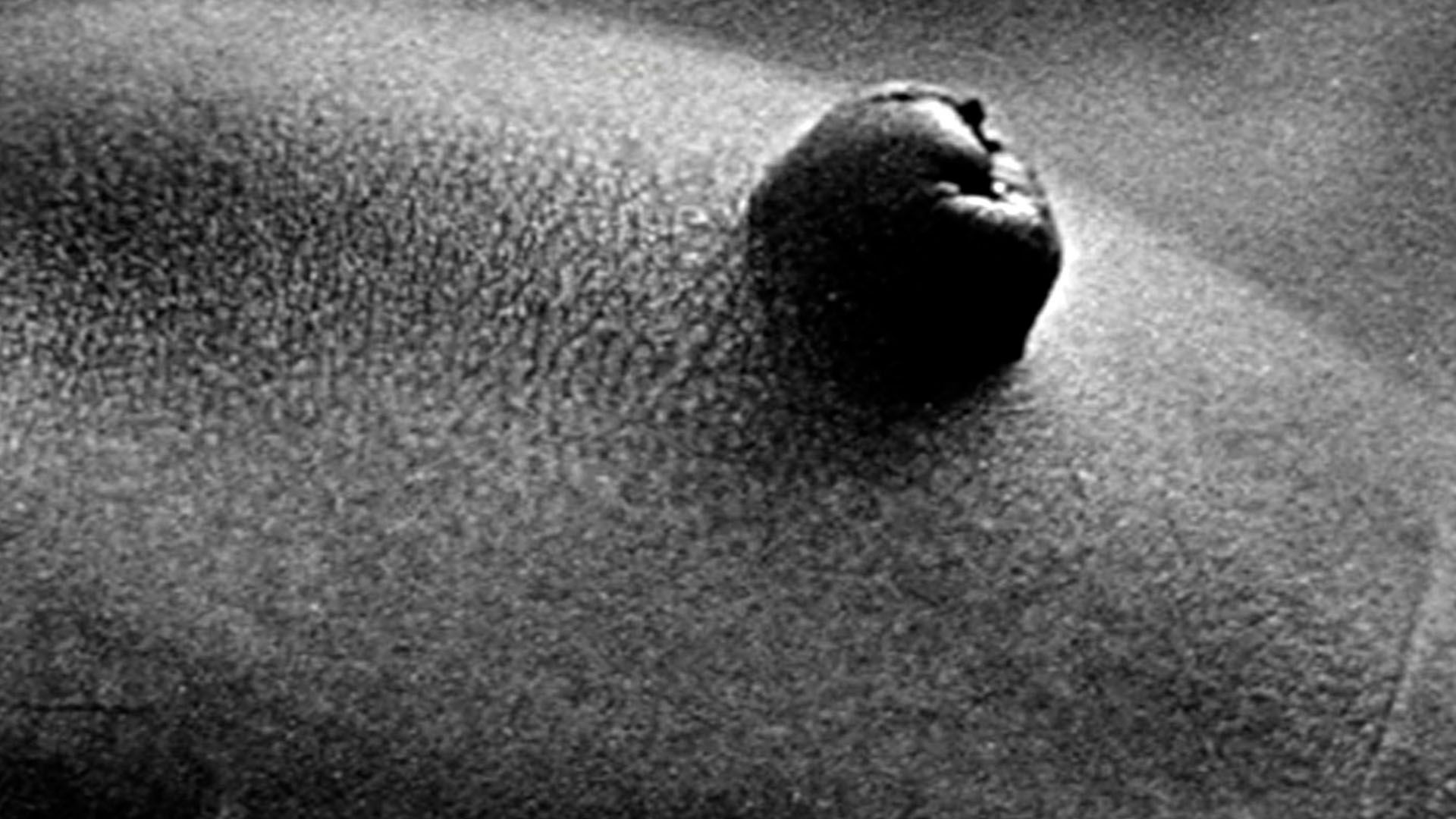
NAISSANCE #1
John Price, 2007, Canada, 16mm, 11 min.
Another miracle… my daughter… rolls from before and after her arrival. (John Price)

SUNSET
John Price, 1997, Canada, 16mm, 2 min.
Driving into a forest fire raging out of control on one of the many trans-American crossings in a beat-up 1980 Dodge Tradesman 300. It was the last roll of film in the cooler and happened to be a 3 ASA print stock. I doubted that any of the light would be recorded but was moved to shoot it anyway. That roll was left undeveloped for a year and one night with a fresh chemical bath, I loaded it into my tank. The result was a pleasant surprise. (John Price)
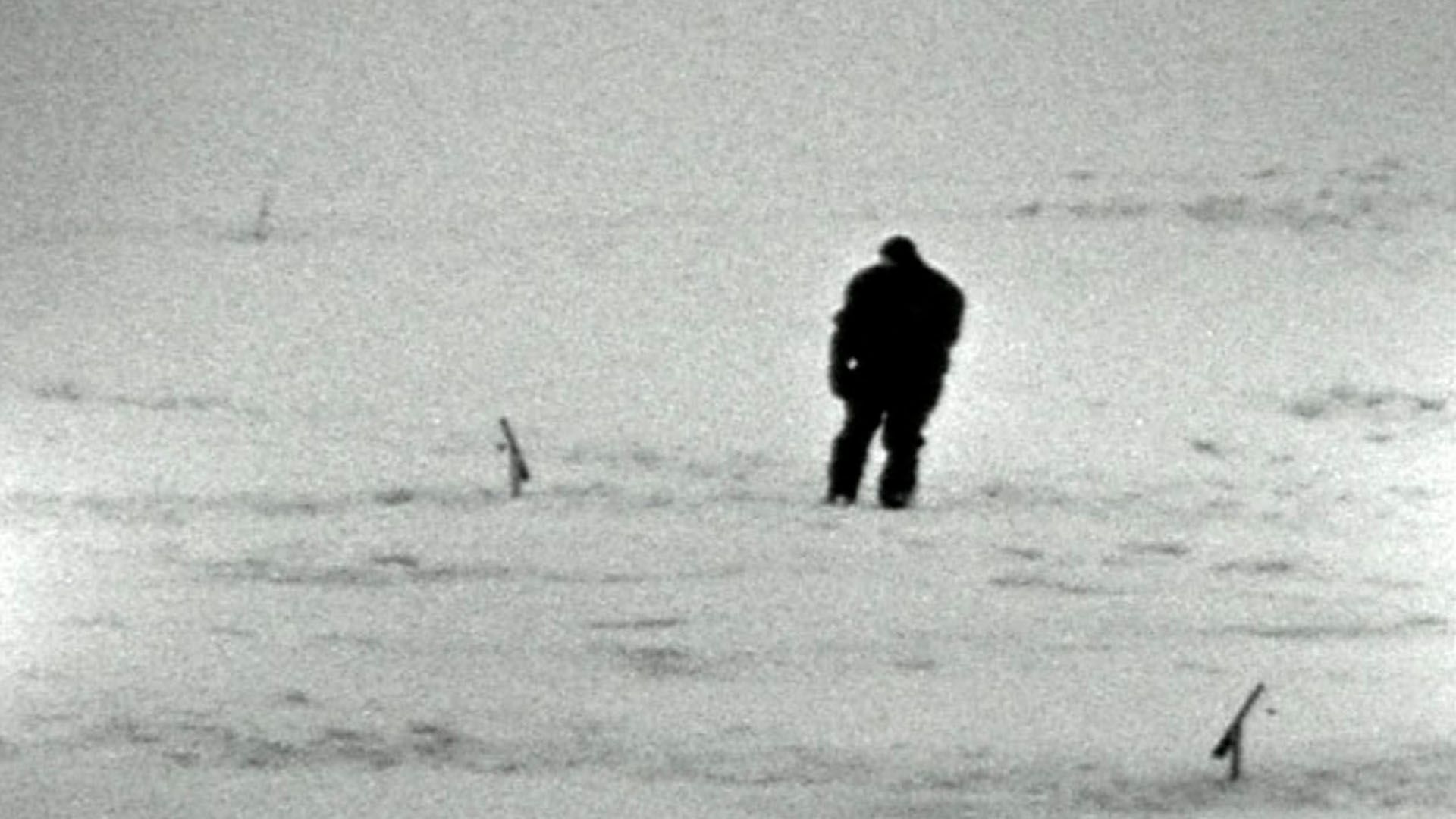
THE SOUNDING LINES ARE OBSOLETE
John Price, 2009, Canada, 16mm, 11 min.
A radial time capsule of home movies and human rituals… dark global forecasts refracting through the light of my son’s eyes… a manually developed science fiction documentary… (John Price)
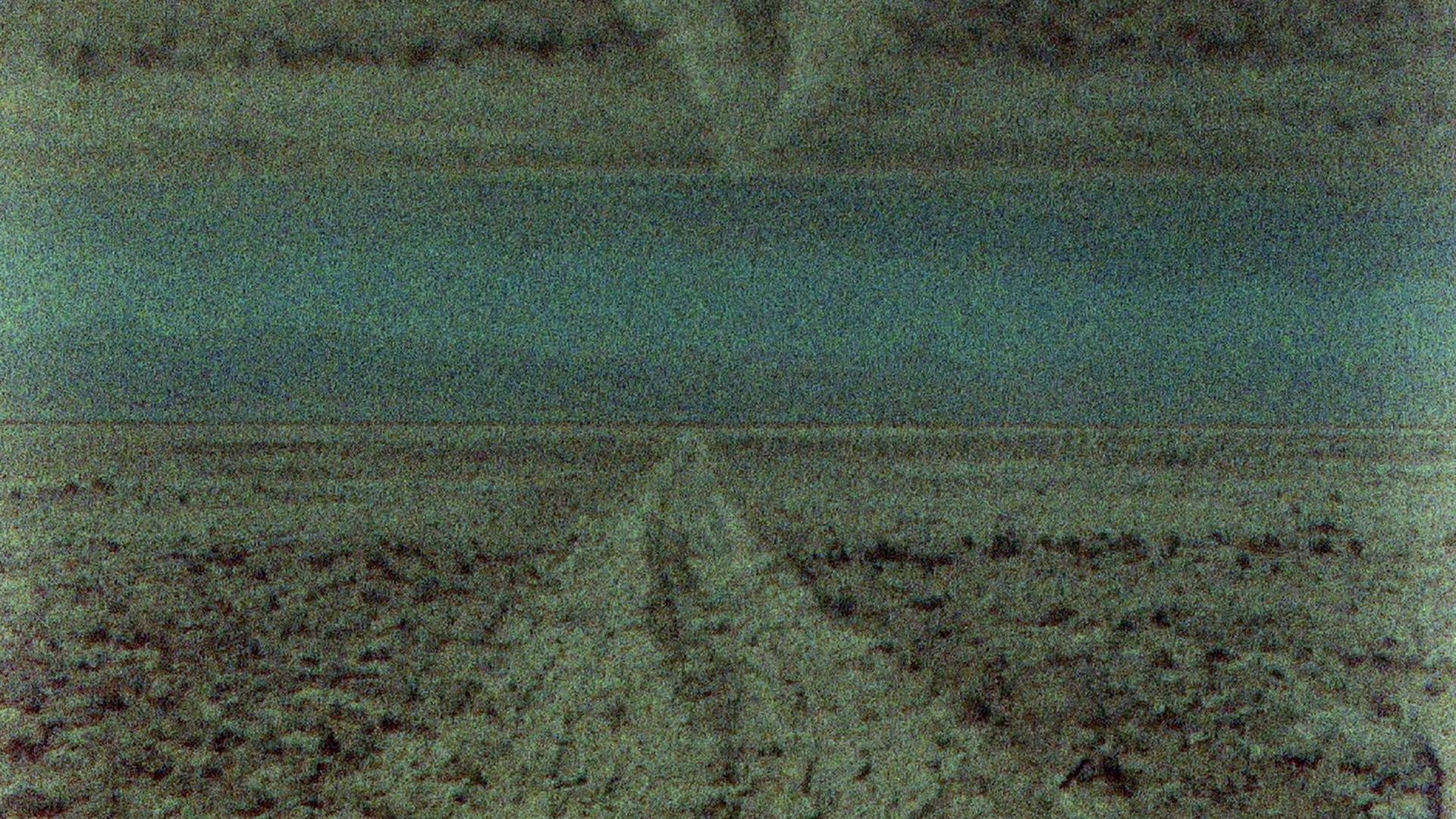
DESERT SERIES #1
John Price, 2023, Canada, 16mm, 10 min.
Travelling across the endless oceans of sand… flip-flops in the burning desert… water bubbling up piping hot from the depths of the earth. (John Price)

SIX
John Price, 2023, Canada, 16mm, 12 min.
An ongoing portrait… a de-silvered mirror reflecting the stages of growing up… and growing old. (John Price)
JOHN PRICE
A MINIMAL EPIC
When we think of transcendentalism, the wave of philosophical thought that arose in the United States in the 19th century, then the ideas of Ralph Waldo Emerson and his essay Nature immediately spring to mind. For Emerson, intuition and observation were the fundamental pillars upon which the human being relies to come into contact with “cosmic energy” (or the idea that each person has of “god” or spirituality) through contact with nature. With all of this and its religious base, transcendentalism was a nonconformist, idealistic movement capable of prefiguring a new world. For transcendentalists, each individual’s soul is identical to the soul of the world, and it contains what the world contains.
This intuitive path proposed by Emerson based on the capacity of the individual’s conscience without the need for miracles, religious hierarchies or mediations is echoed down through time in the work of the Canadian John Price. Often composed of simple motifs such as seascapes, roads or observations of his children, Price’s films seem in line with this way of coming into contact with the transcendental, connecting the earthly and the otherworldly through his particular use of cinema. They are minimal films while at the same time epic in their connection with the world and the resonances they bring about in those who watch them.
Price, who has been involved with cinema since 1986, has attained this kind of minimal epic by using framing that seems to encapsulate the essential, and by experimenting with the possibilities of analogue photography. On the one hand, there are the mechanical possibilities. All of the works that we shall see are made in 16mm and 35mm using different types of cameras, some from the dawn of cinema, wind-up ones, devices that in their way of imprinting the film seem to contain their own memories and layers of history. Overlays, which he uses on many occasions, are a capability unique to photographic and cinematographic cameras: the images thus open up to a depth of meanings that flow together, and to the visual richness of a visual puff pastry. On the other hand, Price also makes use of the alchemy typical of photochemical filmmaking, experimenting with different types of emulsion and expired stock, sometimes with unexpected results. The textures created thus approach the pictorial, immersing us in landscapes and faces of grainy delicacy and singular colours.
The first session in the programme is dedicated to Price’s 35mm works, perhaps his most characteristic. Two of the parts in his Sea Series, maritime landscapes portrayed almost as if they were a painting in movement, thus recall the well-known pictorial genre of seascapes. Each Sea Series reflects a concern linked to each of its background landscapes: even with the tranquility they convey, there is a sense of ecological urgency running through them. The programme will also include the most sophisticated “home movies” ever seen, dedicated to the birth of their children, their birthday parties, one of their sons playing with a gun, and a camping trip. The films’ texture and Price’s way of filming lend these birthdays seen thousands of times in family photos a dreamlike air, like memories wrapped in the cotton wool of memory. Likewise, a visit to Niagara Falls, where many tourists congregate, turns that same idea of a souvenir on its head: Price films the amateur photographers and filmmakers milling around there, to then portray the natural monument itself with resounding simplicity.
The second session is devoted to his 16mm films, which reflect concerns other than those mentioned above. Now we can see the experiments with solarisation and with photochemical manipulation of colour in works such as fire #3, Sunset and Wreck/Nation, which at times almost verge on abstraction and also show a vision at times more apocalyptic than lyrical, as well as works like The View Never Changes, which are more similar to a personal documentary about Price’s own childhood.
This is how Price attains the transcendental through what is simple and shared: nature, the cycles of life, and discovery of the world. Faith in the mysteries and whims of analogue photography, of chemistry and optics, ends up working the miracle.
Elena Duque
